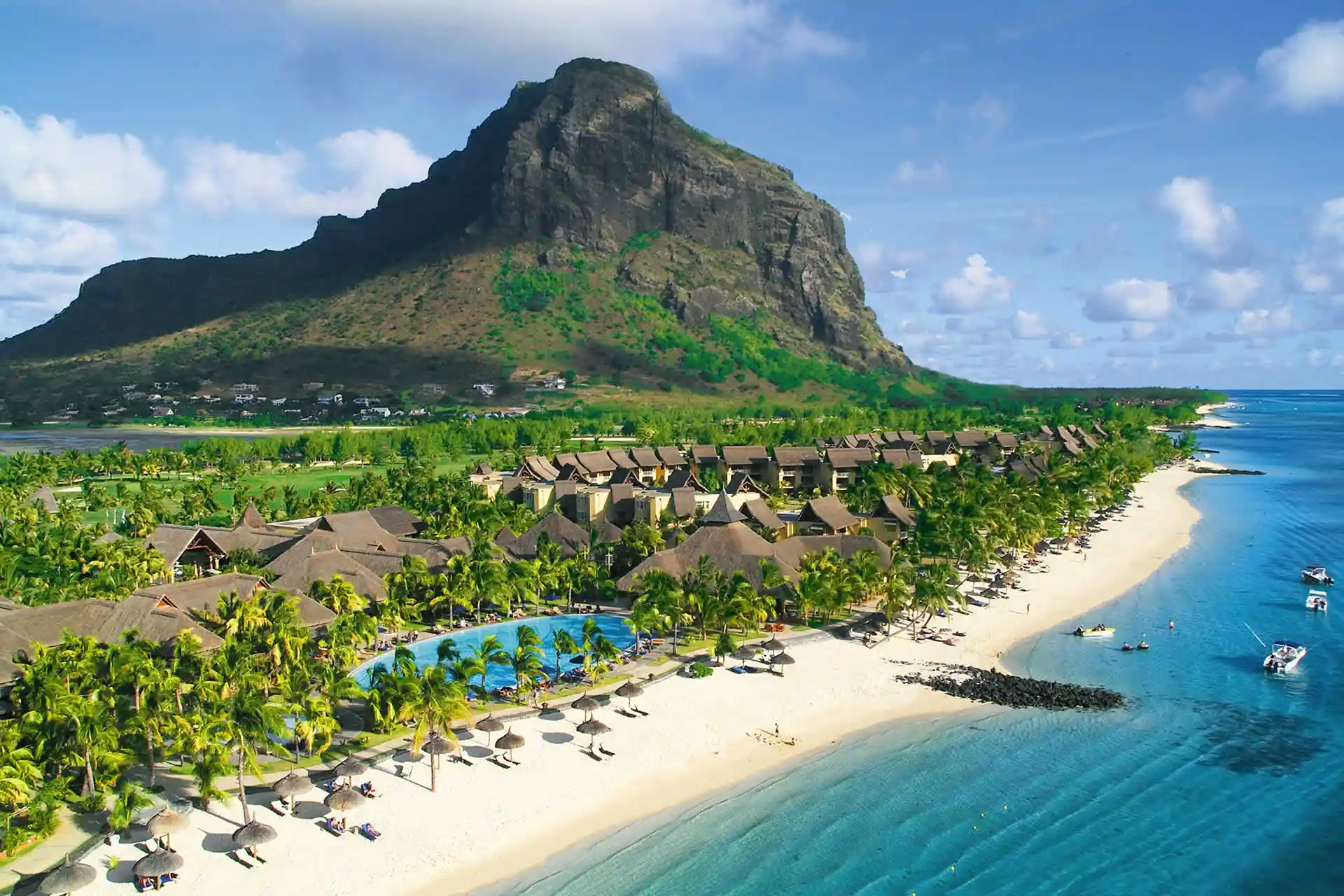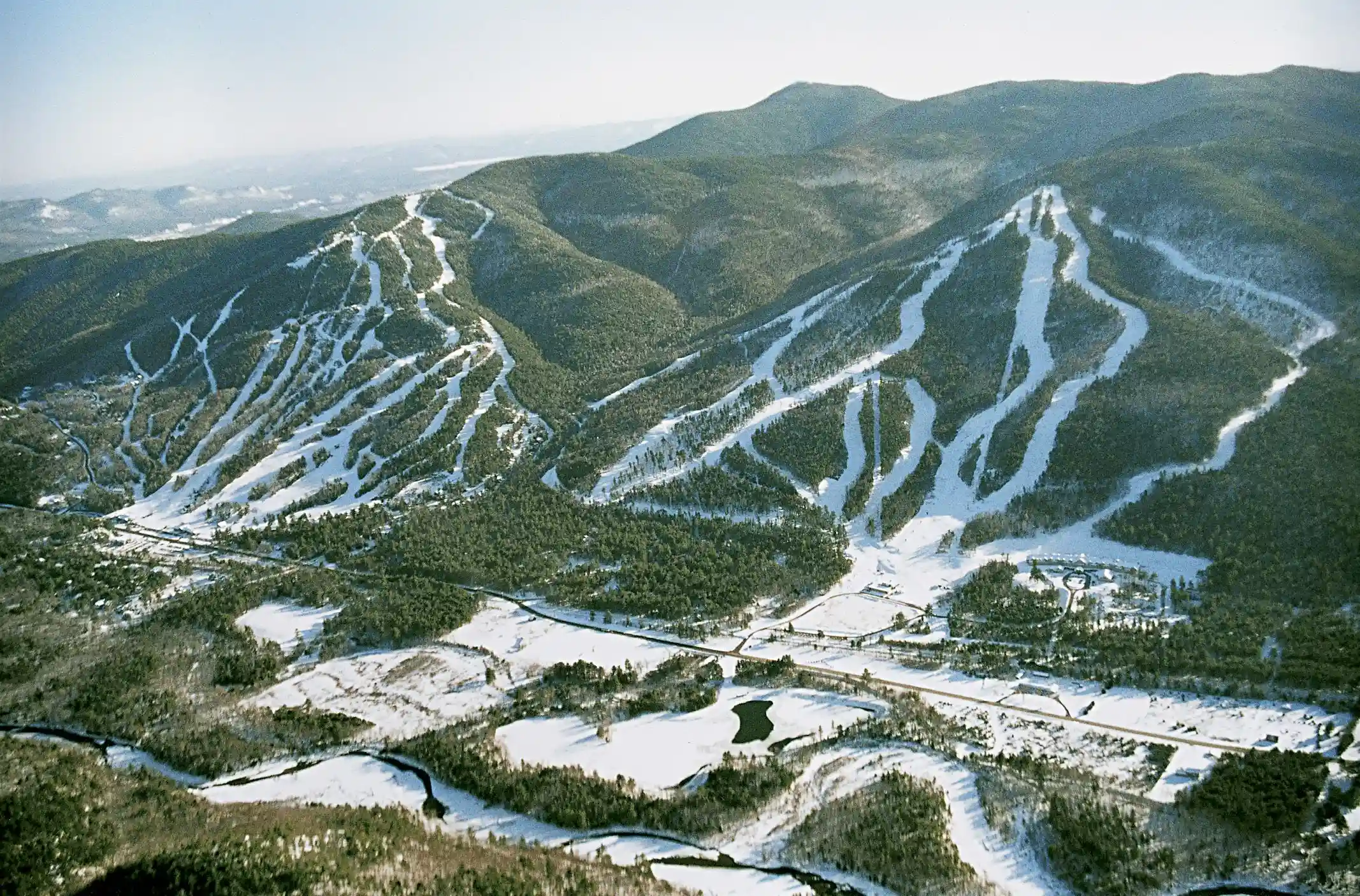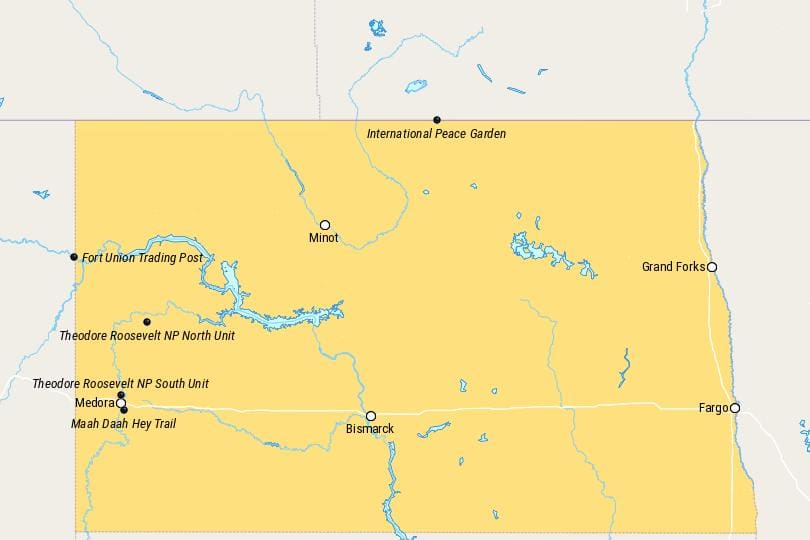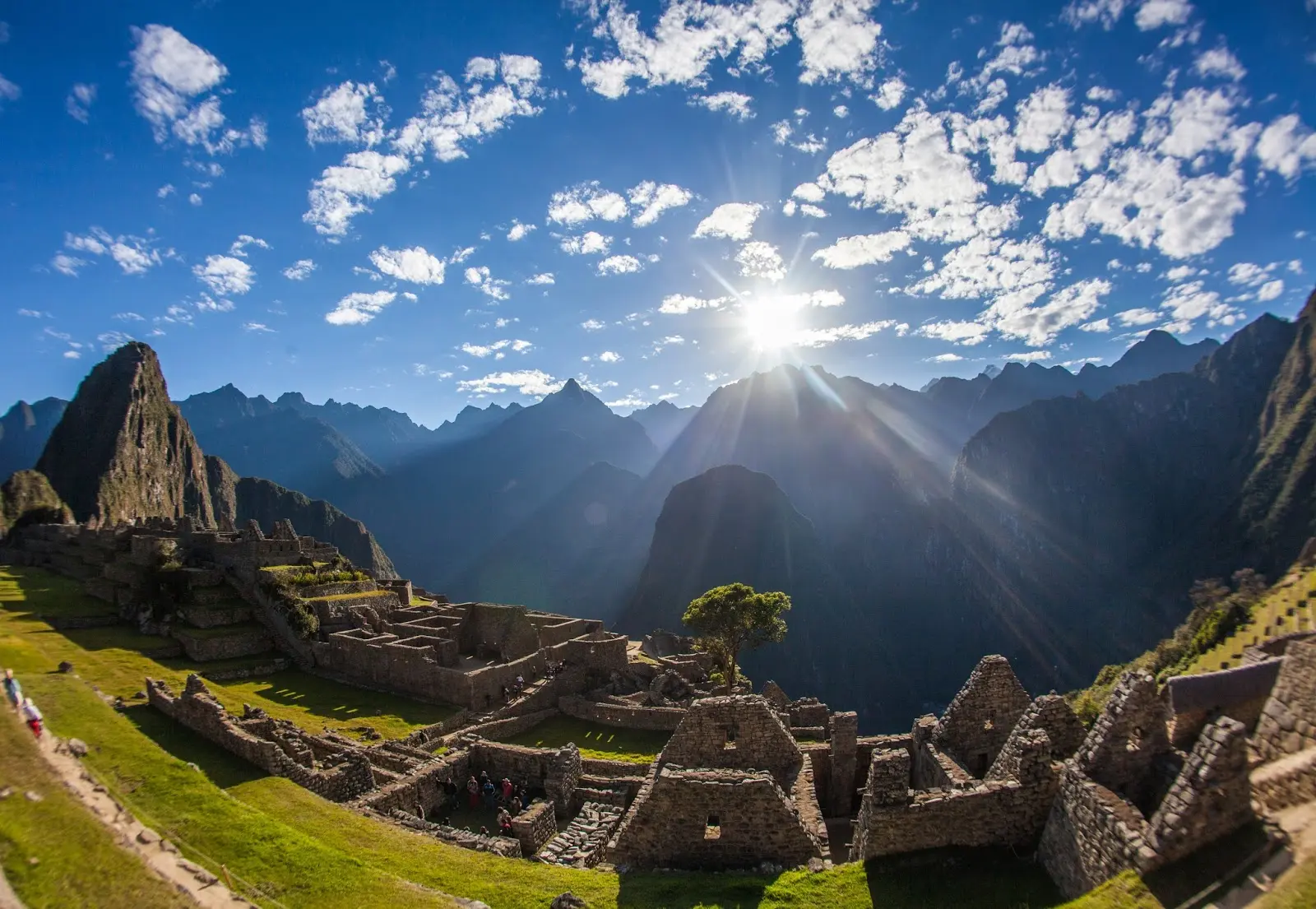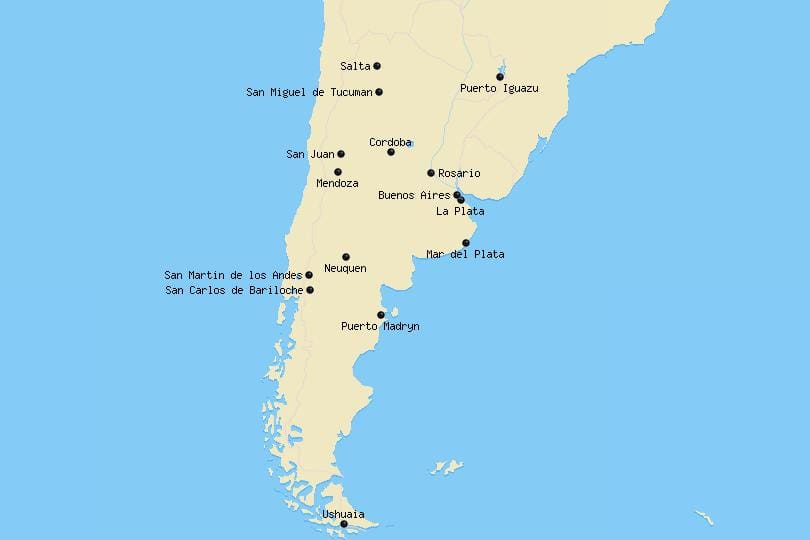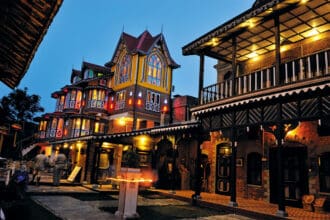Terrace fields are a testament to the ingenuity and perseverance of ancient civilizations, carved into mountainsides to optimize land use for farming. These remarkable landscapes not only provide fertile grounds for agriculture but also create visually stunning panoramas that have captured the imagination of travelers and photographers alike. Below, we explore the top 10 incredible terrace fields around the world, each one offering a unique blend of natural beauty, cultural significance, and human achievement.
1. Sa Pa Terrace (Vietnam)

Sa Pa, located in the remote northern highlands of Vietnam, is famous for its stunning rice terraces, which are among the most breathtaking in Southeast Asia. The terraces have been meticulously carved into the mountainside by local ethnic minority groups, particularly the H’mong and Tay people. The terraced fields in Sa Pa are shaped like cascading steps, which are particularly beautiful during the rice-growing season when the fields turn golden and ripe.
The misty weather that envelops the region adds a mystical touch to the landscape, making it one of Vietnam’s most photographed areas. Beyond the terraces, visitors can explore the charming villages of the H’mong people, their unique culture, and traditional handicrafts. Hiking around the terraces offers unparalleled views of both nature and local life, making it an ideal destination for adventurers and culture enthusiasts alike.
Best Time to Visit:
The best time to visit Sa Pa is from September to November, which is during the harvest season when the rice terraces are at their golden peak. Alternatively, the summer months (May to August) offer lush, green terraces.
2. Inca Pisac (Peru)
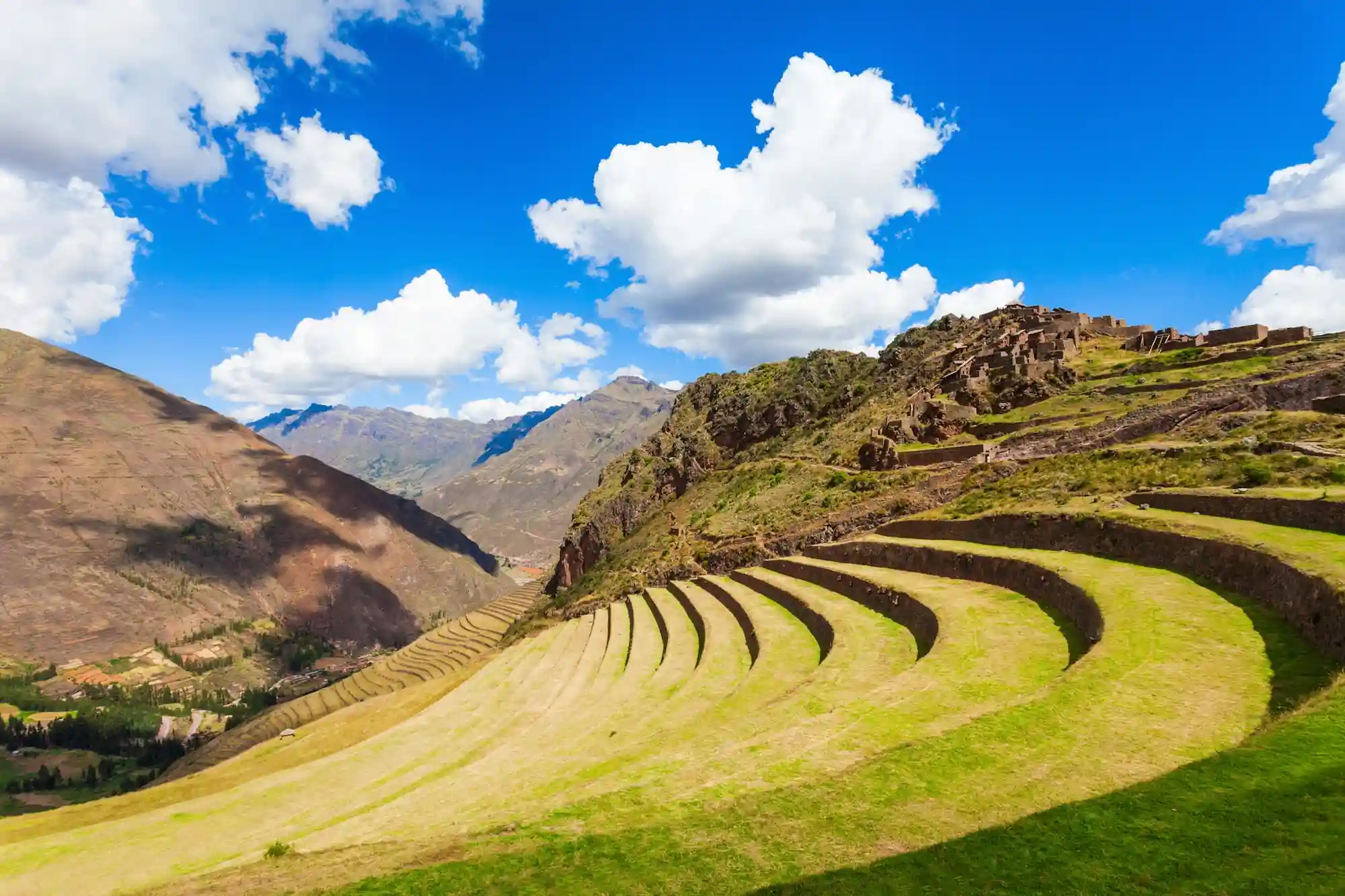
Nestled in the Sacred Valley of the Incas, Pisac is an ancient Inca settlement renowned for its impressive agricultural terraces. The Inca Pisac terraces are set against a backdrop of the rugged Andes Mountains, offering breathtaking views of the valley below. These terraces were used to cultivate various crops, including maize and potatoes, and their design is an excellent example of Inca agricultural techniques, which utilized the region’s diverse microclimates.
Pisac is not only known for its agricultural terraces but also for its archaeological ruins and vibrant market. The town is a hub for both history lovers and shoppers looking to buy traditional Andean textiles and handicrafts. The terraces can be reached by a short hike from the town, and the view from the top is absolutely spectacular.
Best Time to Visit:
The ideal time to visit Pisac is from May to September, during Peru’s dry season. This ensures clearer skies and more enjoyable hiking conditions.
3. Douro Valley (Portugal)

The Douro Valley, located in northern Portugal, is famous for its terraced vineyards, which stretch across the steep hillsides overlooking the Douro River. This region is one of the oldest wine-growing areas in the world and is particularly known for producing Port wine. The terraces, which were carved into the landscape over 2,000 years ago, allow for the cultivation of grapes on the steep hillsides that would otherwise be unfit for farming.
The Douro Valley is recognized as a UNESCO World Heritage site for its exceptional beauty and cultural significance. Visitors can enjoy scenic river cruises, explore local wineries, or hike through the terraced vineyards. The landscapes are especially stunning in the autumn, when the leaves of the vineyards turn a brilliant red and gold.
Best Time to Visit:
The best time to visit Douro Valley is during the grape harvest season, from late September to early October, when the valley comes alive with activity, or during the spring and summer months when the weather is warm and perfect for vineyard tours.
4. Bali Rice Terrace (Indonesia)
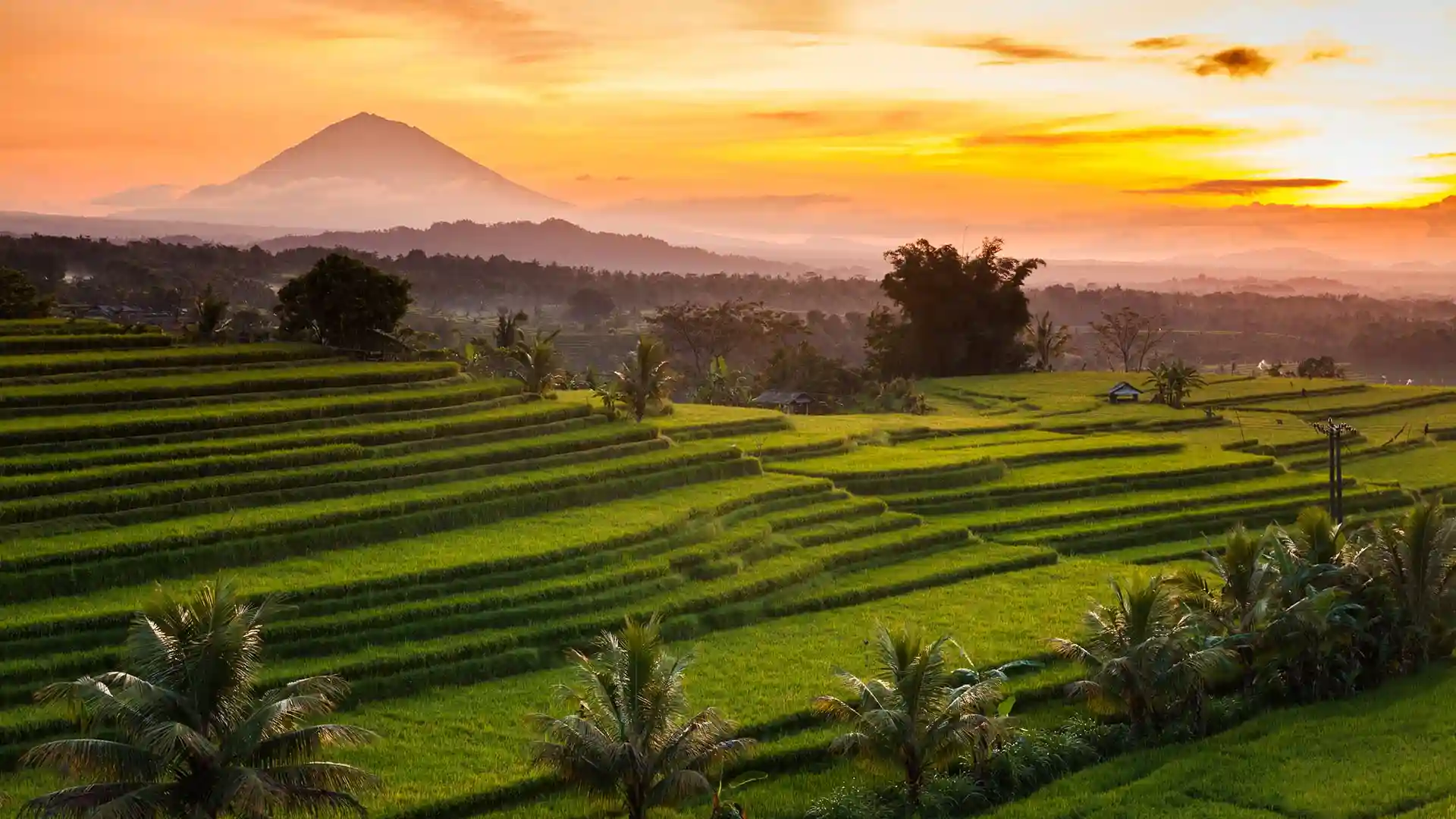
The Tegalalang Rice Terraces in Bali, Indonesia, are one of the most iconic landscapes in the world. Situated in the central part of Bali, these terraces have been cultivated for over a thousand years and are a testament to the island’s sophisticated subak irrigation system. The terraces are carefully carved into the slopes of the hills, creating an intricate, layered pattern that is visually stunning. Surrounding the terraces are lush tropical forests and palm trees, adding to the beauty of the area.
Visitors to Bali can explore the rice fields on foot, taking in the peaceful surroundings and the sight of local farmers working the land. The Tegalalang Rice Terraces are especially popular with photographers and travelers looking to experience traditional Balinese farming practices.
Best Time to Visit:
The best time to visit the Bali Rice Terraces is from April to October, during the dry season when the weather is ideal for exploring.
5. Choquequirao (Peru)
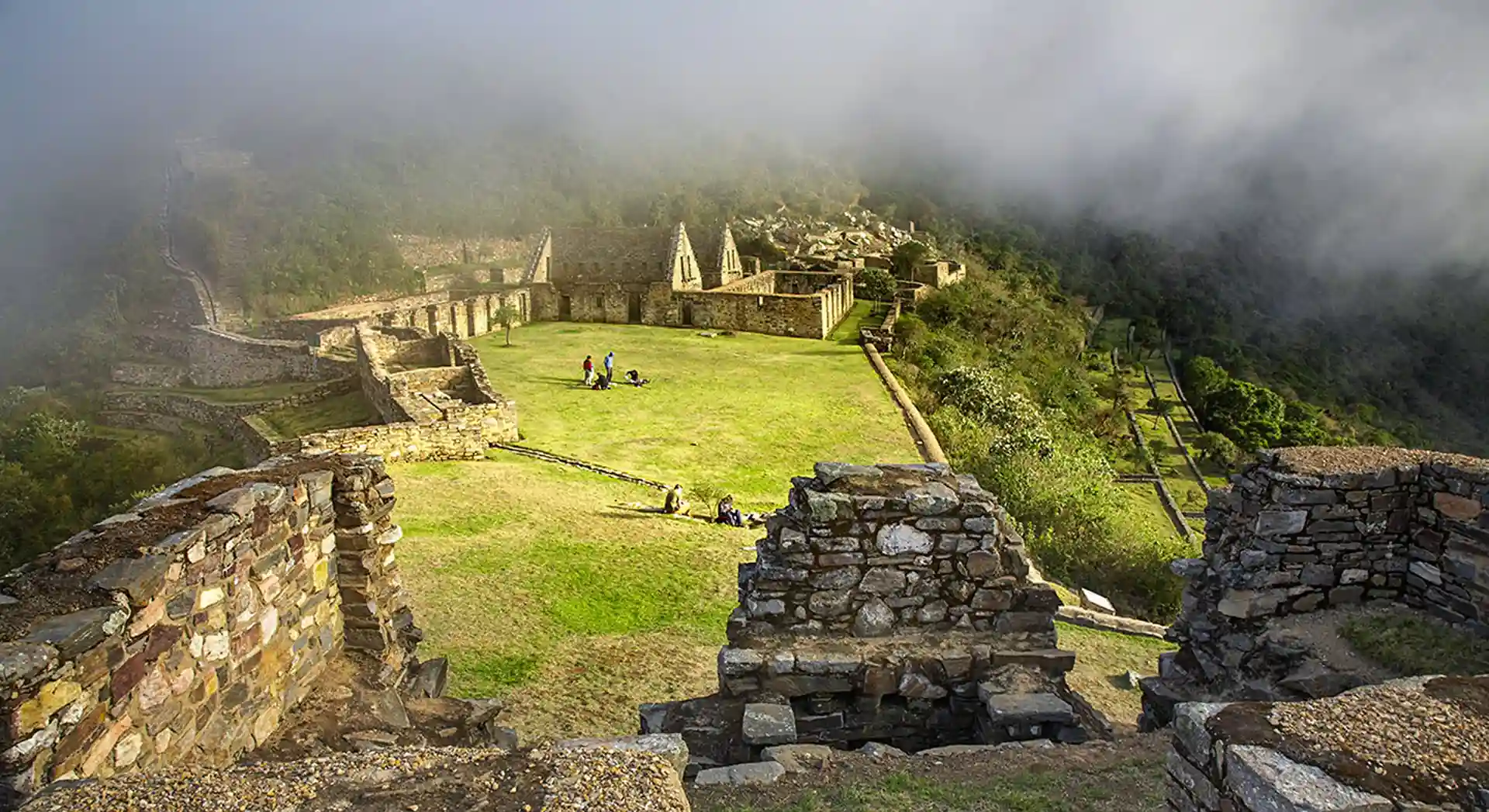
Choquequirao is an ancient Incan site located in the southern Andes, Peru, that is often considered a sister city to Machu Picchu. The terraces at Choquequirao are an impressive display of Inca agricultural prowess and are set against a dramatic mountain backdrop. The terraces, which were once used to grow crops such as maize, potatoes, and quinoa, remain in excellent condition and offer visitors a glimpse into the past.
Unlike other Incan sites, Choquequirao is much less visited, offering a more off-the-beaten-path experience. The trek to the site is challenging but rewards hikers with breathtaking views of the surrounding valleys and terraces.
Best Time to Visit:
The dry season, from May to October, is the best time to visit Choquequirao, as the weather is perfect for hiking.
6. Salinas de Maras (Peru)
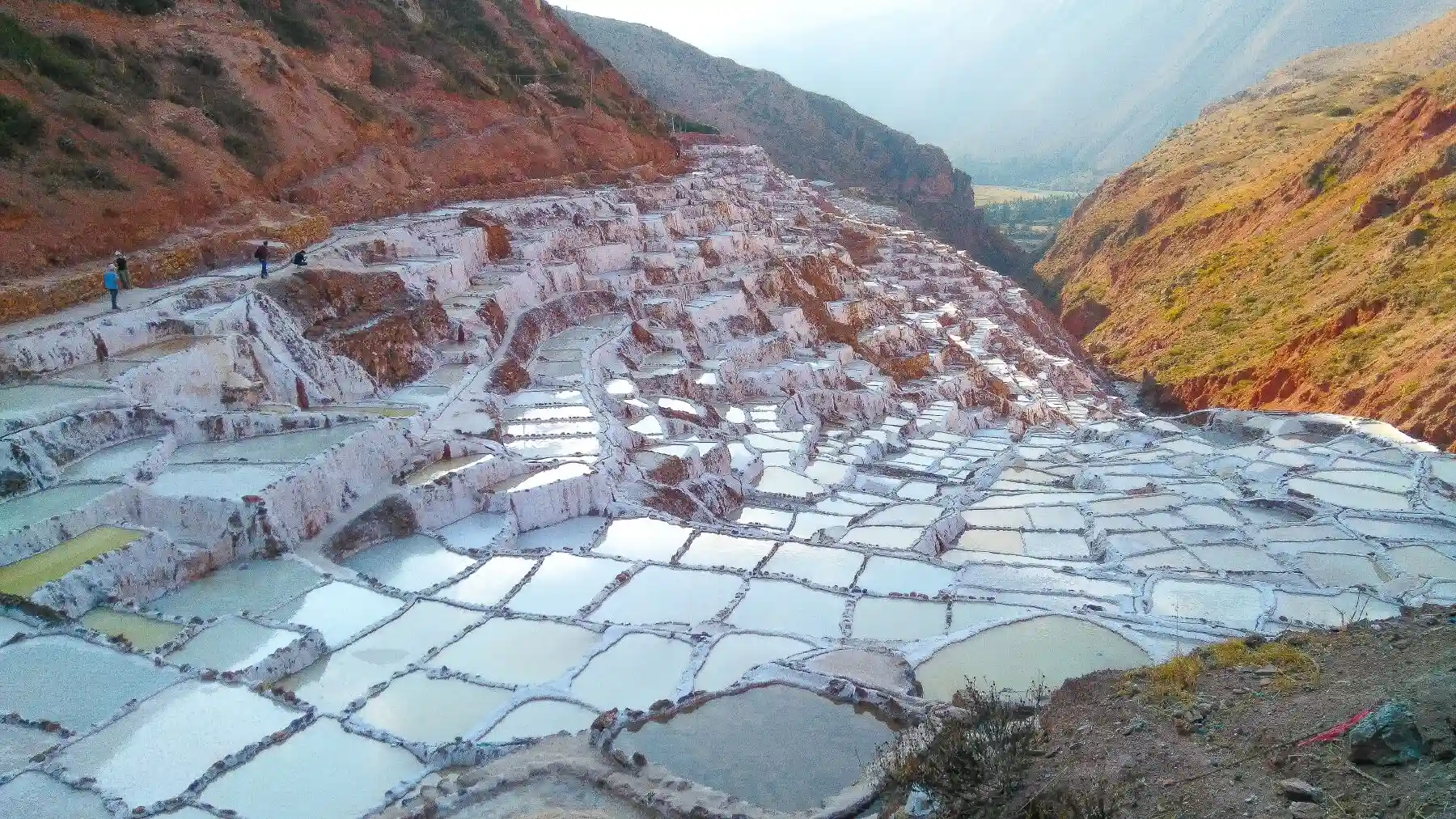
Salinas de Maras is a spectacular site located in the Sacred Valley of Peru, famous for its salt terraces. These salt pans have been in use since Inca times, where the salt was extracted from the mineral-rich springs that feed the terraces. The salt is collected by local farmers, who use traditional methods to harvest it, ensuring that the practices remain largely unchanged from those used by the Incas.
The terraces themselves are a beautiful sight, with thousands of salt pans arranged in a grid-like pattern, creating a striking contrast against the surrounding mountains. Visitors can learn about the traditional salt-extraction process and explore the terraces while enjoying the stunning views.
Best Time to Visit:
The best time to visit Salinas de Maras is from May to September, during the dry season.
7. Ollantaytambo (Peru)
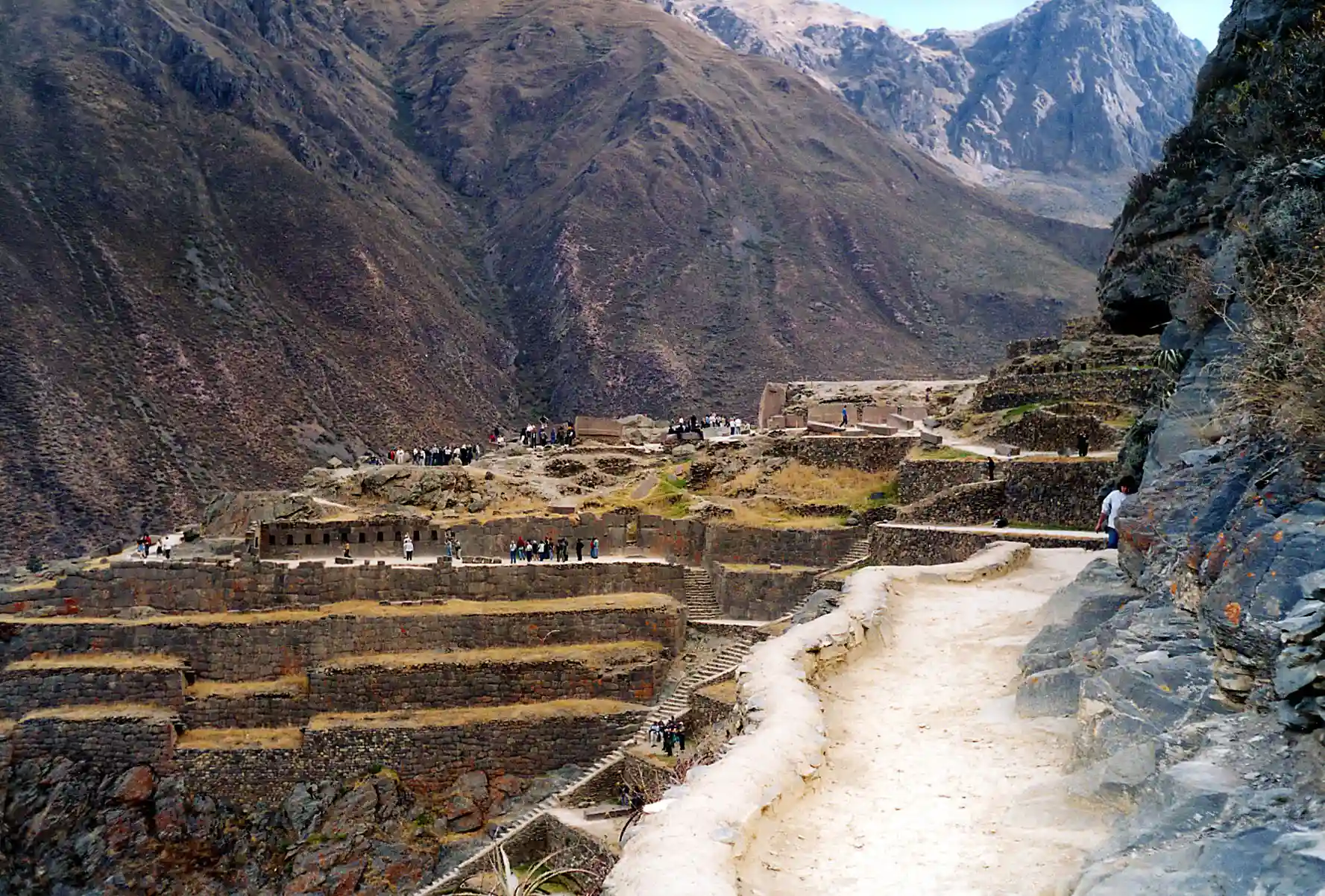
Ollantaytambo, another site in the Sacred Valley of Peru, features extensive agricultural terraces that were once part of a massive Incan settlement. The terraced fields are built into the slopes of the surrounding mountains, and the site is known for its impressive Incan architecture, which includes temples and ceremonial platforms. The terraces were used for agricultural purposes, primarily to grow crops such as corn, potatoes, and quinoa.
Today, Ollantaytambo is a vibrant town, where visitors can explore the terraced fields, Inca ruins, and enjoy the lively atmosphere of the market.
Best Time to Visit:
April to September is the best time to visit Ollantaytambo, during Peru’s dry season.
8. Longji Rice Terraces (China)
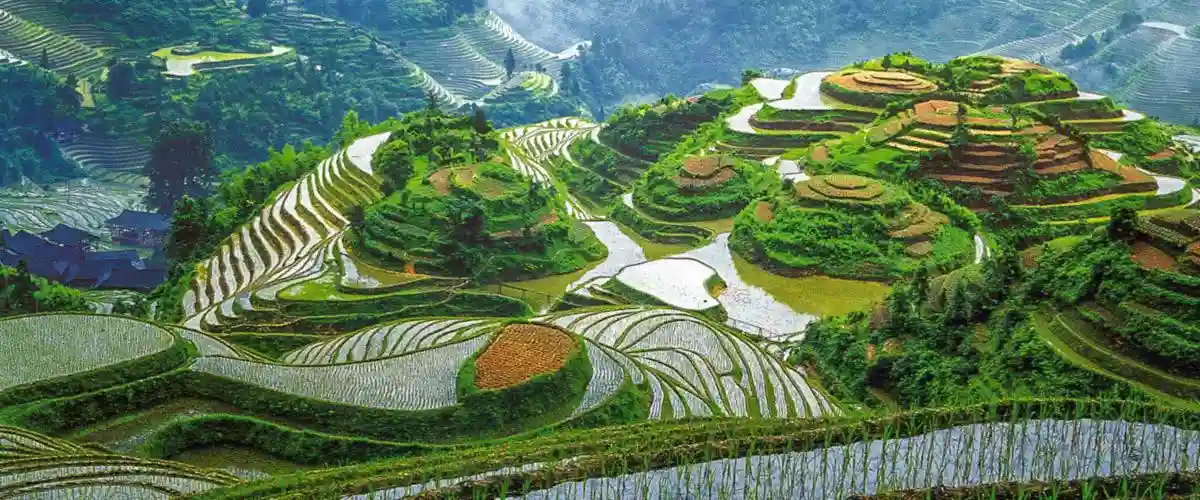
The Longji Rice Terraces, also known as the Dragon’s Backbone Rice Terraces, are located in the Guangxi region of southern China. These terraces are some of the most dramatic and expansive in the world, stretching over 66 square kilometers and rising up the mountainsides. The Longji terraces were built over 600 years ago by the Zhuang people and are still actively used for rice cultivation today.
The Longji terraces are particularly breathtaking in the early summer, when the fields are flooded with water, creating stunning reflections of the sky. The terraces also offer panoramic views of the surrounding mountains and valleys. Visitors can hike through the terraces, visit local Zhuang villages, and experience traditional farming methods that have been passed down through generations.
Best Time to Visit: May to October, when the terraces are lush and green, or December to February for the winter landscape.
9. Hani Terraces (China)
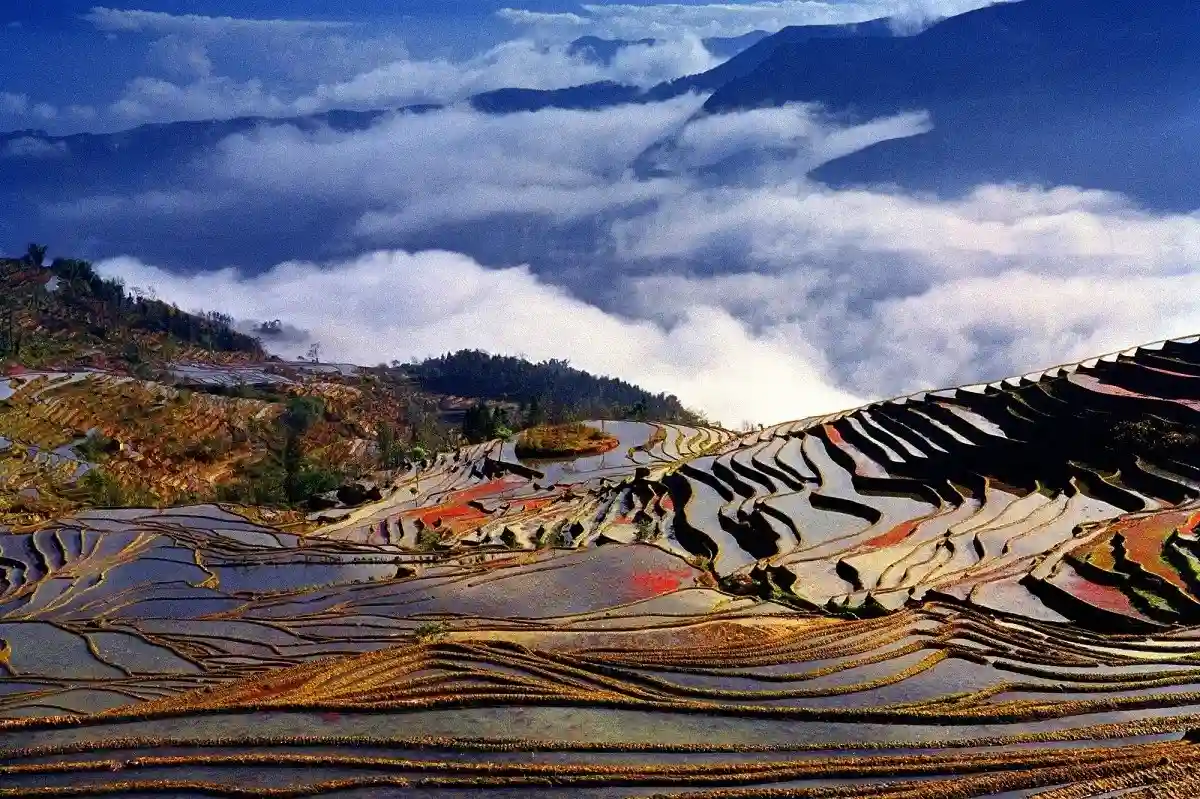
The Hani Terraces, located in the Ailao Mountains in southern China, are a UNESCO World Heritage site and a spectacular example of traditional agricultural practices. The terraces were built by the Hani ethnic group over 1,300 years ago, and they stretch across the mountainsides in a series of beautiful, winding patterns. The terraces are still in use today, with local farmers cultivating rice and other crops.
The Hani Terraces are especially beautiful during the planting season, when the fields are flooded with water, creating a mesmerizing reflection of the sky and clouds. The terraces are also known for their stunning views, which are particularly dramatic at sunrise and sunset.
Best Time to Visit: May to September, during the rice planting season.
10. Banaue Rice Terraces (Philippines)
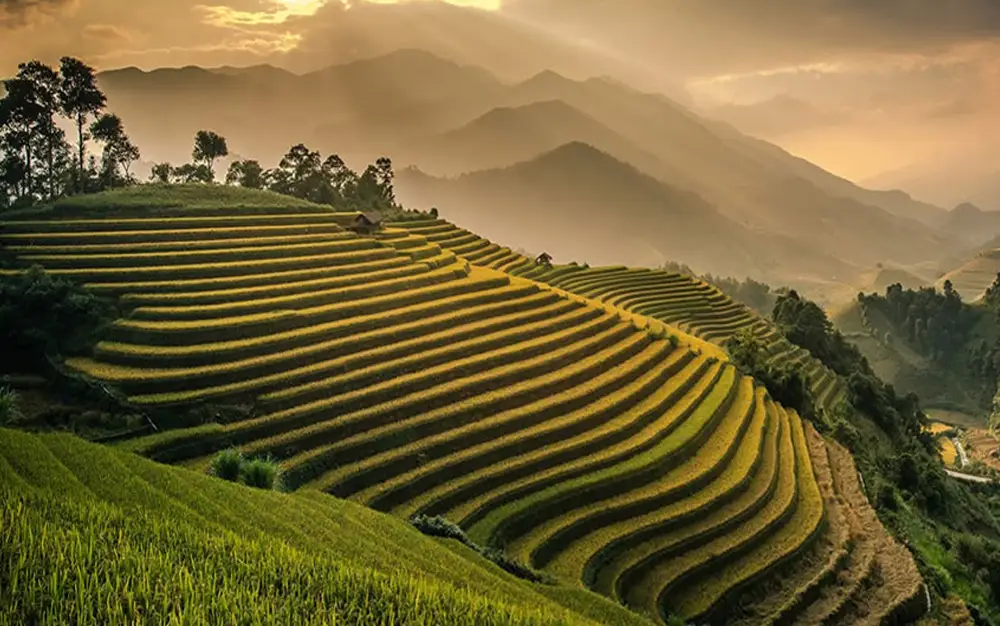
The Banaue Rice Terraces, often referred to as the “Eighth Wonder of the World,” are located in the Ifugao region of the Philippines. These terraces have been cultivated for over 2,000 years and are an extraordinary feat of engineering. The terraces are carved into the mountainsides using only primitive tools, and they are still used for rice farming by the local Ifugao people.
The Banaue Rice Terraces are not only a stunning visual attraction but also a testament to the ingenuity and hard work of the Ifugao people. Visitors to the terraces can learn about traditional farming methods, hike through the fields, and interact with local farmers. The terraces are also an important part of the Ifugao culture, and the region has been recognized as a UNESCO World Heritage site.
Best Time to Visit: March to May, during the dry season.
Conclusion
Terrace fields are a marvel of both natural beauty and human ingenuity. From the soaring mountain landscapes of Peru to the tranquil rice terraces in Southeast Asia, these incredible fields offer a unique opportunity to witness the intricate relationship between agriculture, culture, and the environment. Visiting these terraces is not just about the breathtaking views; it’s about connecting with ancient traditions and understanding the deep history that shaped these landscapes.
FAQs
1. How are terrace fields constructed?
Terrace fields are carved into mountainsides or hills and are built using retaining walls to hold the soil. Irrigation channels are also set up to ensure the fields receive water from nearby rivers or springs.
2. Are terrace fields still used for agriculture today?
Yes, many terrace fields around the world are still actively used for agriculture, with crops such as rice, corn, and potatoes being grown in them. These terraces are often maintained by local communities and continue to support their livelihoods.
3. How can I visit these terrace fields?
Many of these terrace fields are accessible by foot, and some may require hiking through scenic landscapes. Local tour operators often provide guided tours, which can offer historical and cultural insights during your visit.
4. When is the best time to visit the terrace fields?
The best time to visit varies by location, but in general, visiting during the dry season (April to October) offers clearer views and better hiking conditions. The planting and harvest seasons (May to September) provide vibrant and lush landscapes, ideal for photography.

